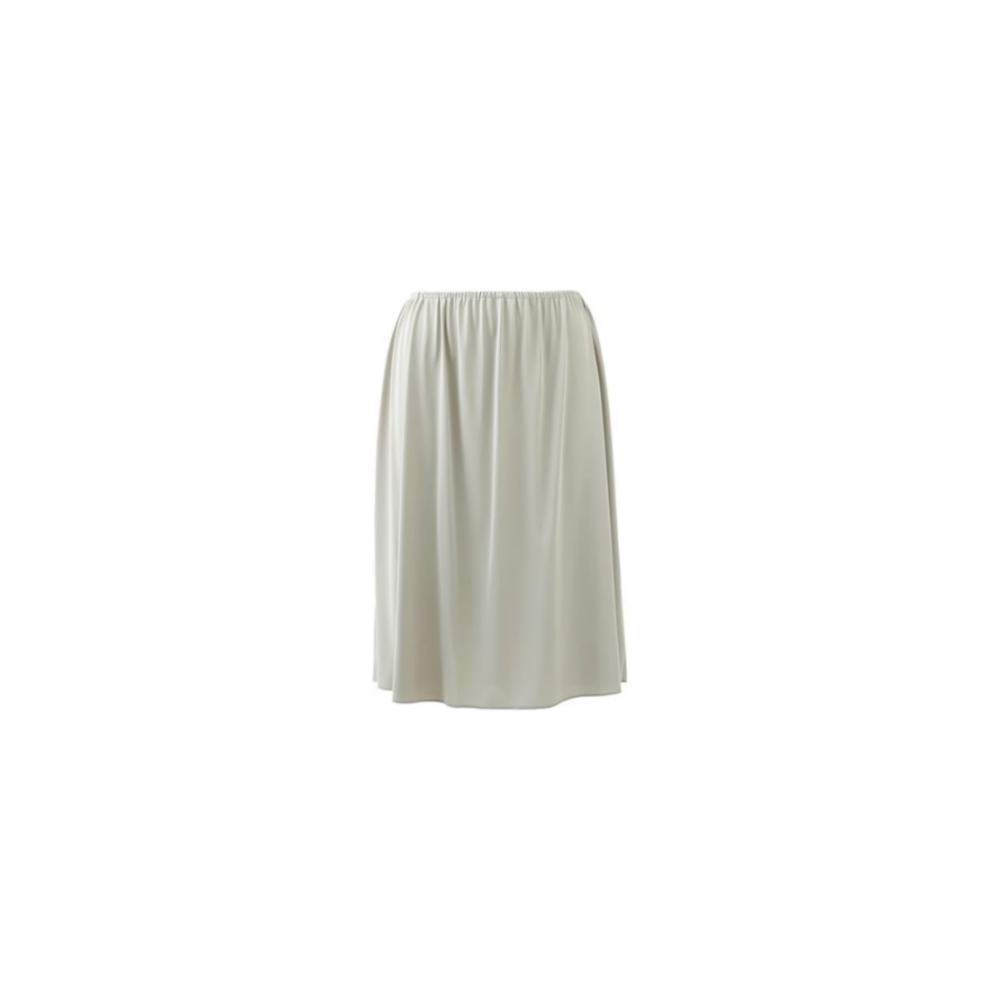Custom production of half-length skirts is one of the services we offer in our production range. As a wholesale clothing manufacturer, Surui Fashion Factory primarily focuses on producing Women's Clothing and Men's Clothing, with Skirt Series being a common type of custom production under the Women's Clothing category.
The custom production of half-length skirts involves several steps, from design to final product, requiring meticulous planning and execution. Below is a basic guide to this process:
1. **Demand Analysis**: First, clearly define your customization requirements, including skirt length, skirt width, fabric selection (such as cotton, silk, lace, etc.), color, style (like A-line, fitted, voluminous, etc.), and any special requirements (like lining, belt, pockets, etc.).
2. **Design**: Based on these needs, proceed with the design. You can engage professional fashion designers to help you create the design sketches, or if you have rough drafts or concepts, provide them to the manufacturer for reference.
3. **Material Procurement**: Decide on the fabrics and other accessories (such as zippers, buttons, etc.). Choosing high-quality materials ensures the durability and aesthetic appeal of the skirt.
4. **Sample Making**: Typically, manufacturers will produce one or more samples before mass production for your review. This is an excellent opportunity to check if the design meets your expectations and to make any necessary adjustments to details.
5. **Production Plan**: Once the samples are approved, detailed production plans can be established. This includes estimated production time, quantity, and cost budgeting.
6. **Production**: Start mass production. During the production phase, quality control checks may be necessary to ensure that each step meets the predetermined standards.
7. **Packaging and Delivery**: After production, the products should be appropriately packaged to protect them, and then arranged for transportation to the specified location or directly to the customer.


Throughout this process, maintaining good communication with the manufacturer is crucial. This allows for timely resolution of any issues that may arise, ensuring the quality of the final product and meeting your specific requirements.























